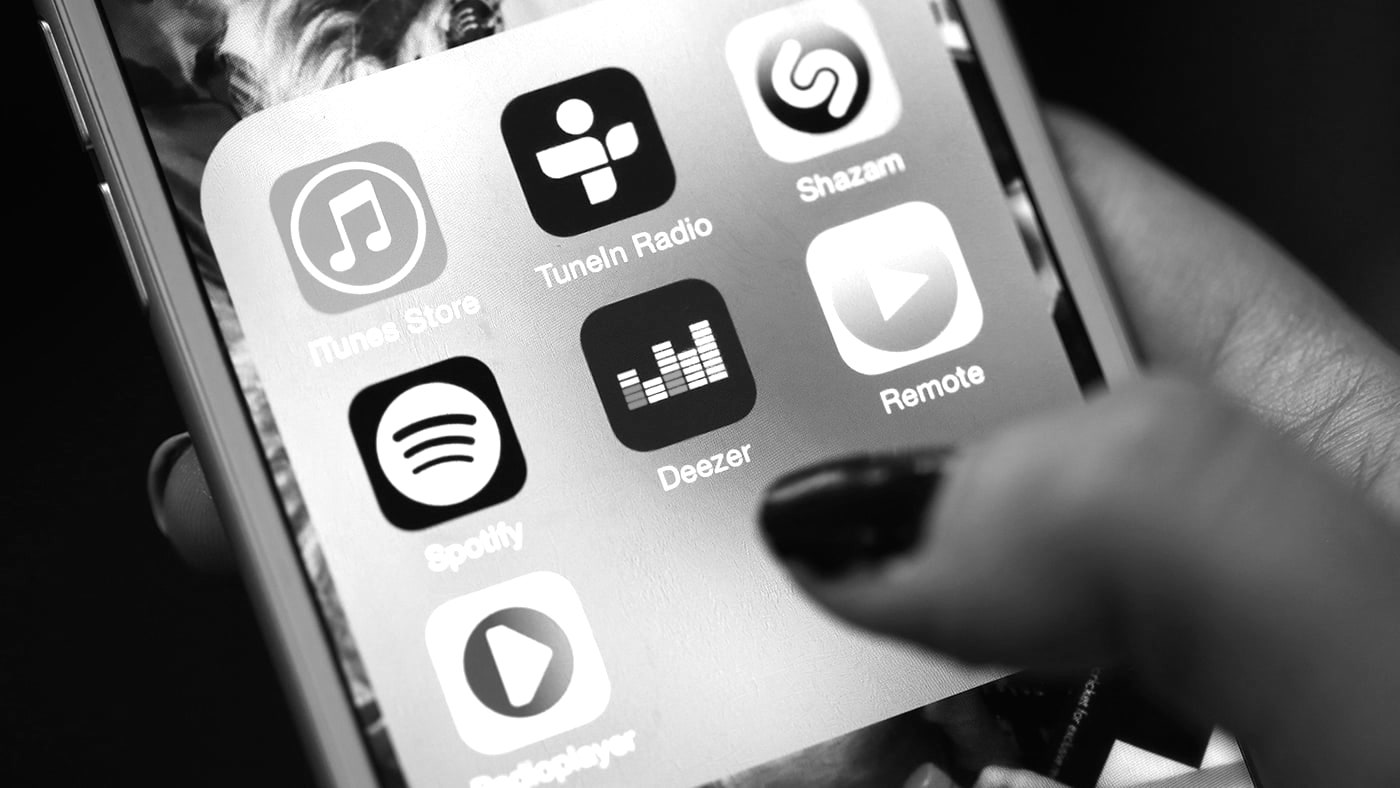Fan accounts on social media are finding new ways to help their favorite artists reach the top of the charts — but are these campaigns effective?
In her Fans to the Front column, Brittany Spanos dives into what’s happening in fan culture on the Internet.
Given the deluge of music soaring at us from all platforms, sometimes artists have to get inventive to reach Number One on the charts. Of course, it’s easy for household names like Ed Sheeran and Taylor Swift who have mastered the formula and have the universal appeal to boot. For still-rising acts, viral memes have helped songs like Rae Sremmurd’s “Black Beatles” or Baauer’s “Harlem Shake” to capture the zeitgeist.
Internet-based fandoms are still figuring out the formula, and many are trying to take matters into their own hands, creating grassroots promotional campaigns. Fan accounts that aren’t affiliated officially with the artist go to great lengths to ensure that everyone is on the same page, taking a keen interest in statistics and sales and offering specific instructions on how to maximize streams and change IP addresses for fans who live outside the United States.
People like Pop Crave‘s Will Cosme have been charting the movements of fan Twitter and passionate promotional campaigns initiated via social media for years. The 23-year-old’s own account is a collection of chart data, chart predictions, aggregated news and gossip that has racked up more than 100,000 followers in two years and captured the attention of both fans and major artists who have shared the tweets posted to the account.
For Cosme, the first and best examples of when fan Twitter became an effective promotional tool was with the rise of One Direction and later Fifth Harmony, whose fans and label mimicked the promotional campaigns of Directioners to give the girl group a public boost following The X-Factor.
“[Directioners] were the first fandom to use radio requests as a weapon,” Cosme details, noting the specific organizational tactics that set them apart from other fandoms and also made them effective. “Other fandoms began using the same strategies – Katy fans, Nicki fans, Taylor Swift fans. It wasn’t as well-organized though.”
Still, while One Direction’s albums would top the charts, the boy band had difficulty attaining the elusive Number One spot on the Billboard Hot 100. Gaming the charts is a tricky feat, especially because of how often the formula and ratios for how song streams and purchases are counted shifts in the streaming age. Streaming first became a significant part of the formula in 2012, the year after Spotify launched in America. According to chart analyst and host of Slate’s Hit Parade podcast Chris Molanphy, the addition of YouTube a year later had a much bigger effect given that any video that featured at least 30 seconds of the official recording of a song would count. “Harlem Shake” was the first song to benefit from this, hitting Number One primarily from YouTube views of fan-made dance videos.
Audio streaming now counts for somewhere between 40 and 50 percent of the data that figures into a song appearing on the Hot 100 on any given week, with Spotify, Tidal and Apple Music taking the lead. Radio airplay and digital sales make up the rest of the data for the constantly fluctuating formula.
While there is no correct or typical way to get a song to the top of the charts, fans have become astute students of the business, tinkering with strategies to help the artists they love and see them grow larger with every release. Cosme notes a recent trend of “Shazam attacks” involving the song identification app. Shazam has become an influential part of the industry over the past few years with radio stations using the analytics from the app to curate songs to play while record companies track the same data to predict hits. Fans have found a way to reach the industry on more logical, data-driven terms that can help give their artists more attention from the inside.
Still, Billboard and various streaming companies have ways of targeting any listening behavior that may seem fraudulent from their perspective. Molanphy recalls how record companies in the Nineties would attempt to buy out certain record stores of albums by their artists to boost sales, but if Billboard noticed unusual activity at specific stores, they would disregard that data altogether. The same goes for streaming, and services like Spotify have also taken note.
“We have multiple fraud-detection measures in place,” a Spotify spokesperson tells Rolling Stone. “The Spotify Content Operations team regularly monitors consumption on the service to look for fraud and any possible fraudulent activity is investigated and dealt with immediately.”
Fan accounts are careful to instruct their followers and friends about how to avoid looking fraudulent, but even with the careful strategizing, it’s debatable on how effective these measures could be. To reach Number One, an artist must capture mainstream attention from outside their core fan base. Still, the influence of such campaigns is something to watch, even if their long-term effect on the business and how record companies work with – and for – fans in the future is still to be seen.
This article can be found on RollingStone.com



